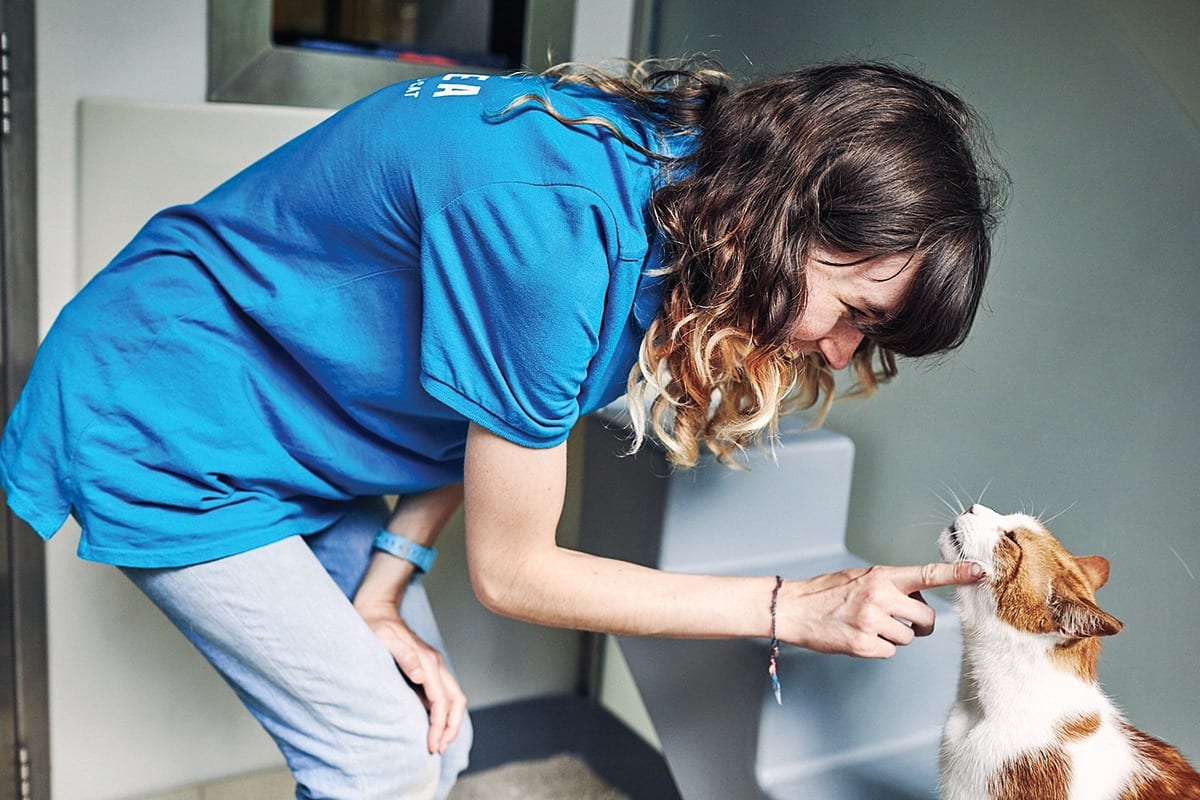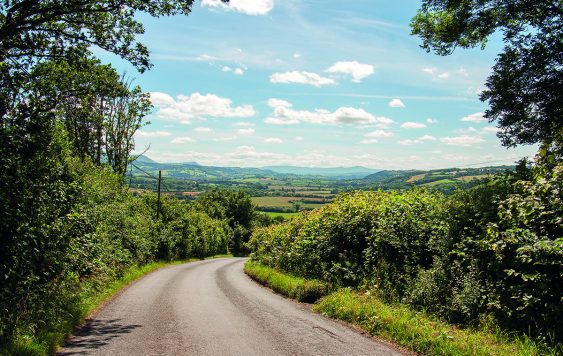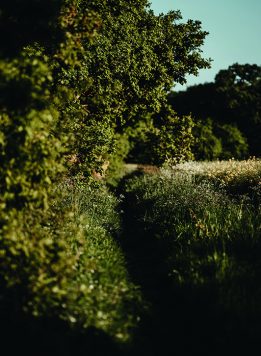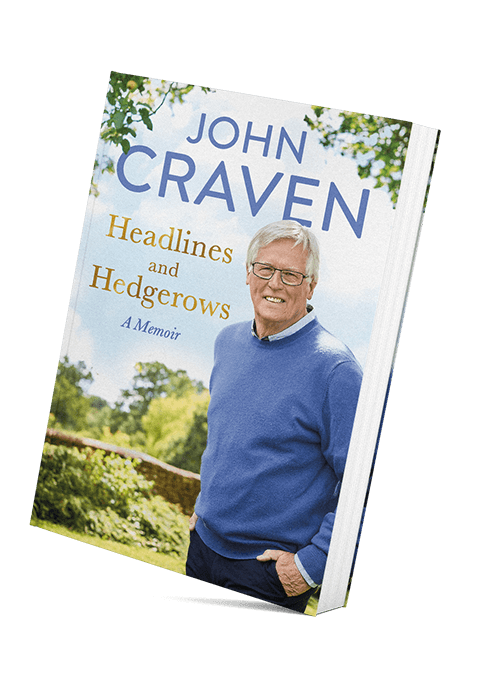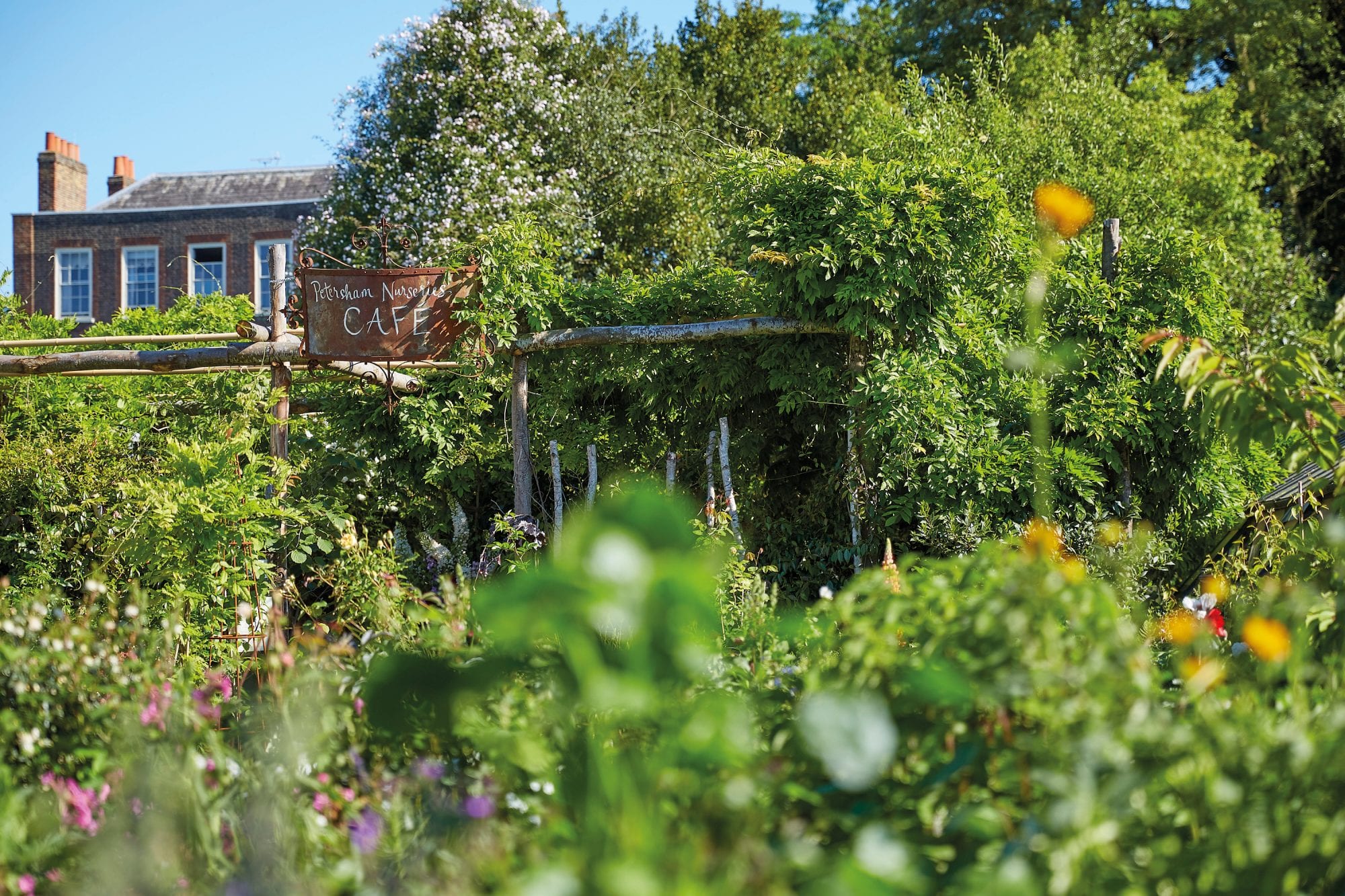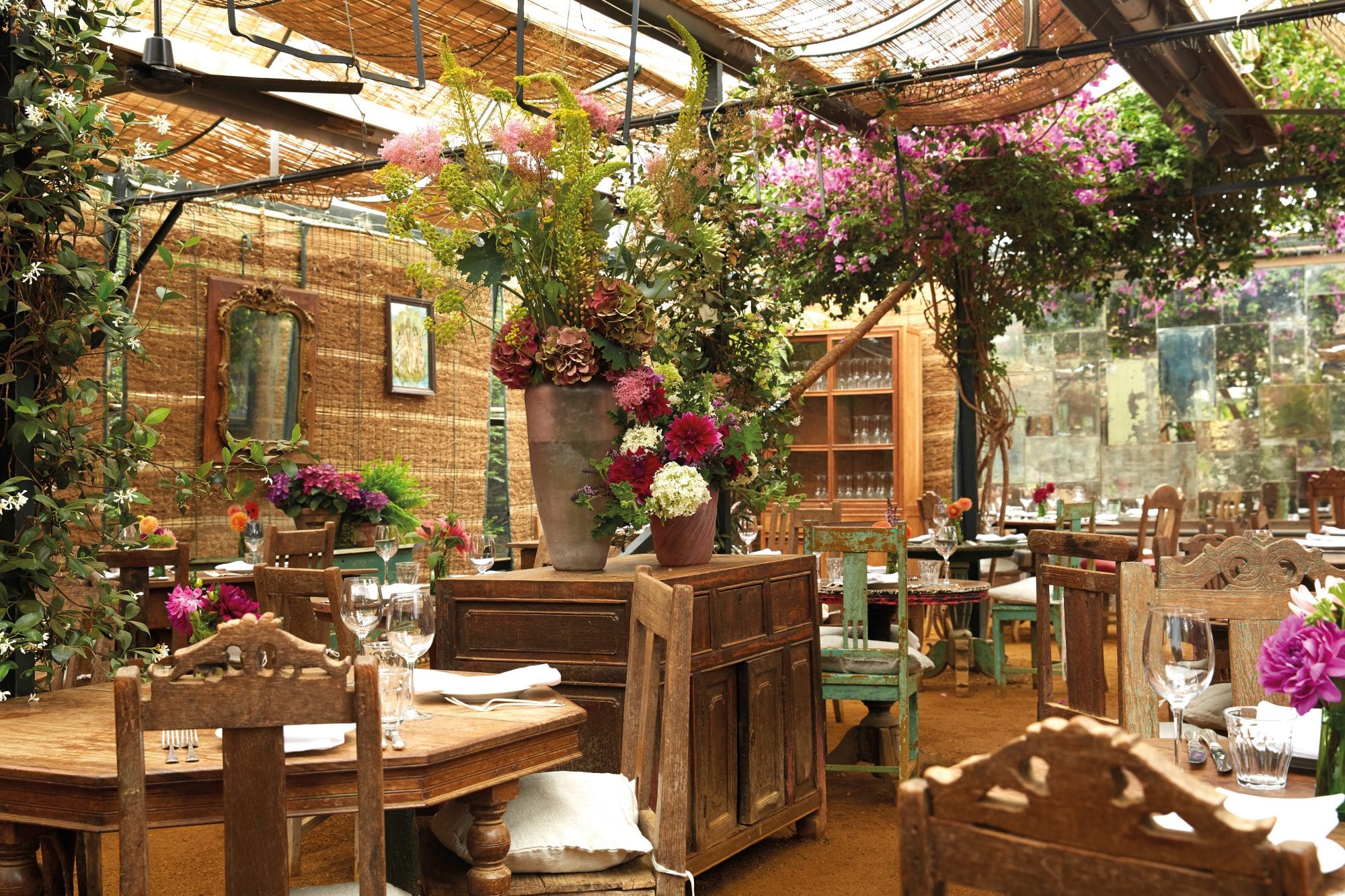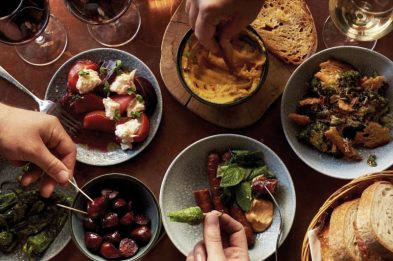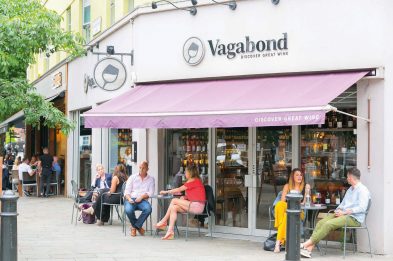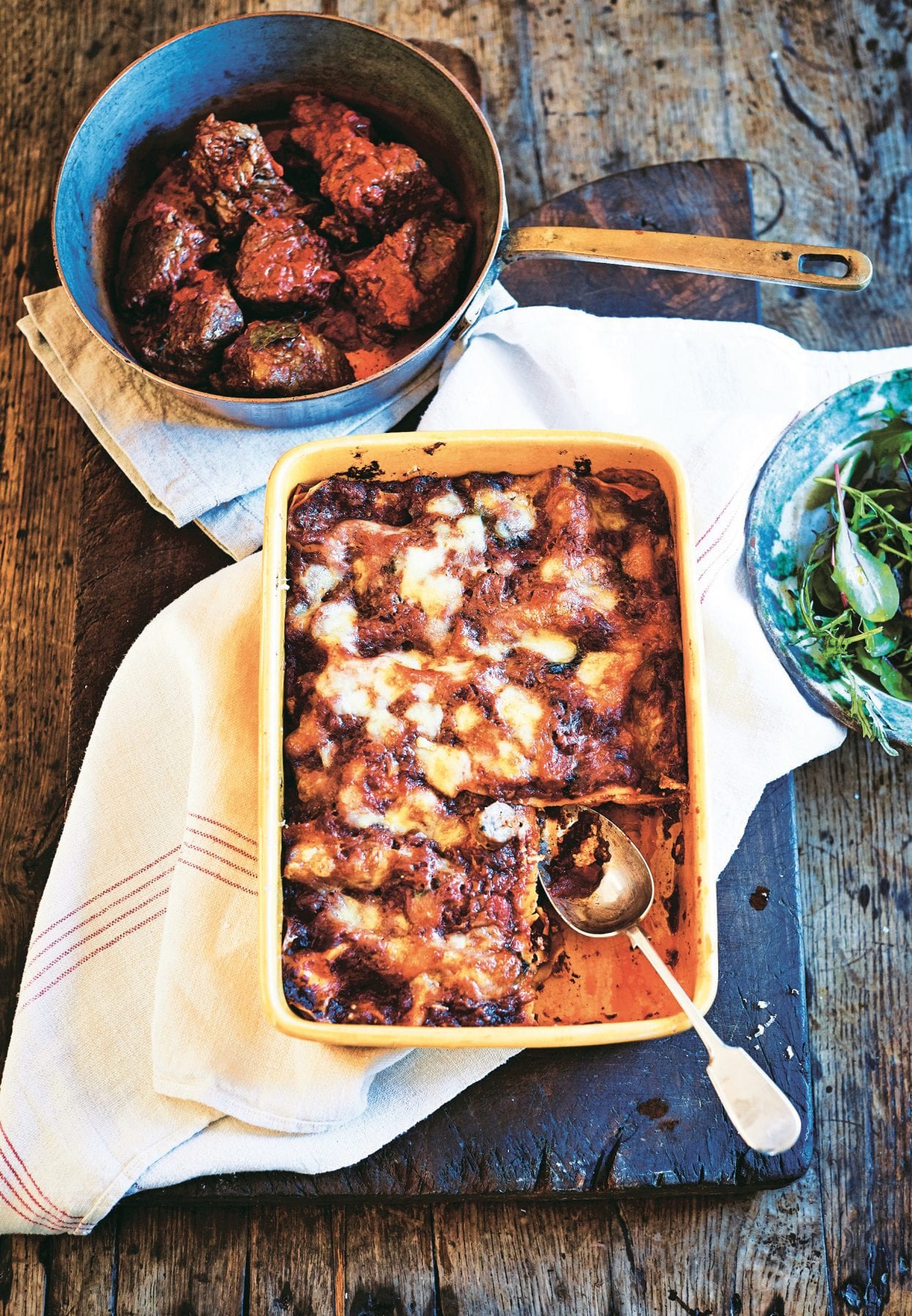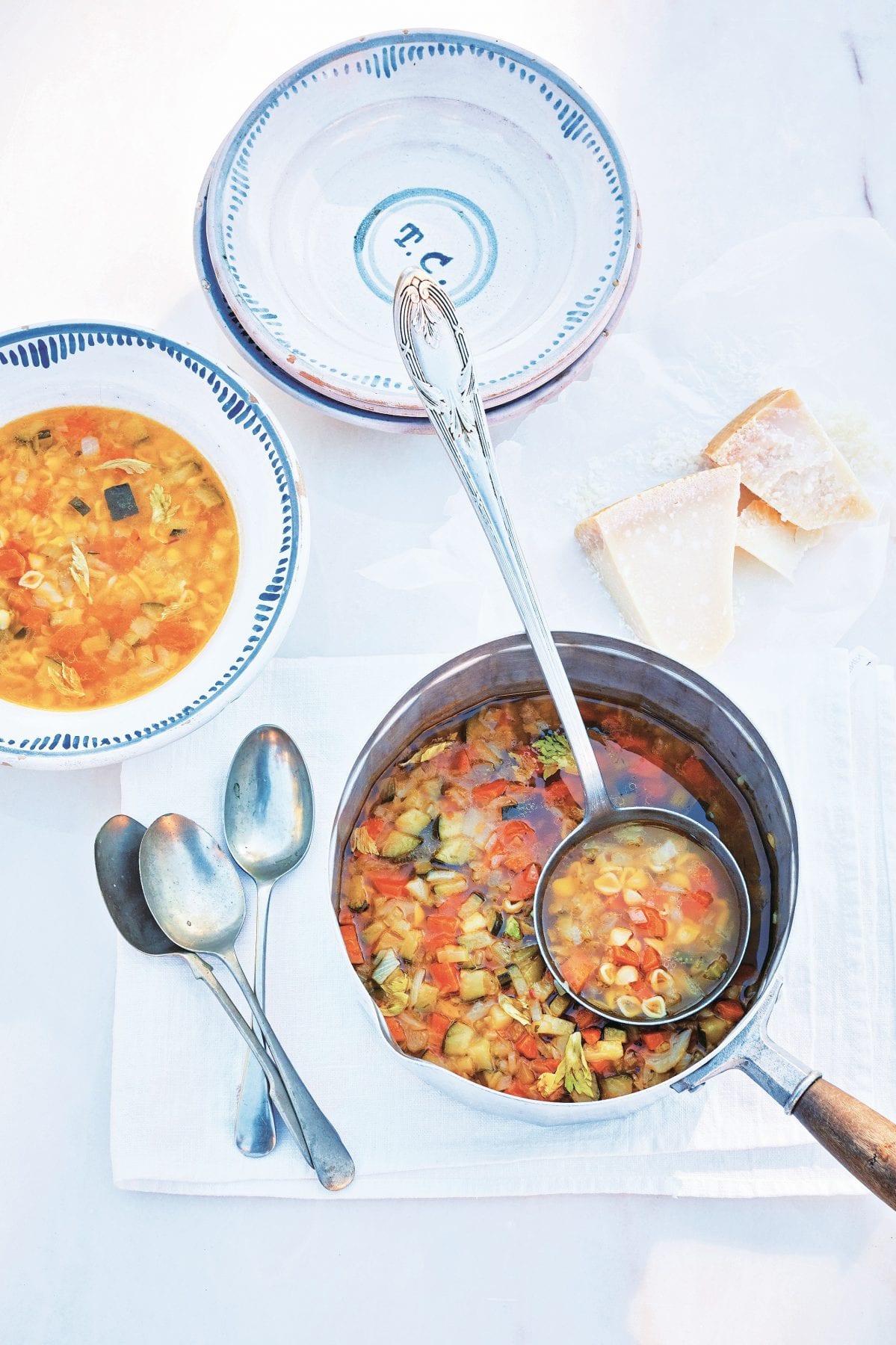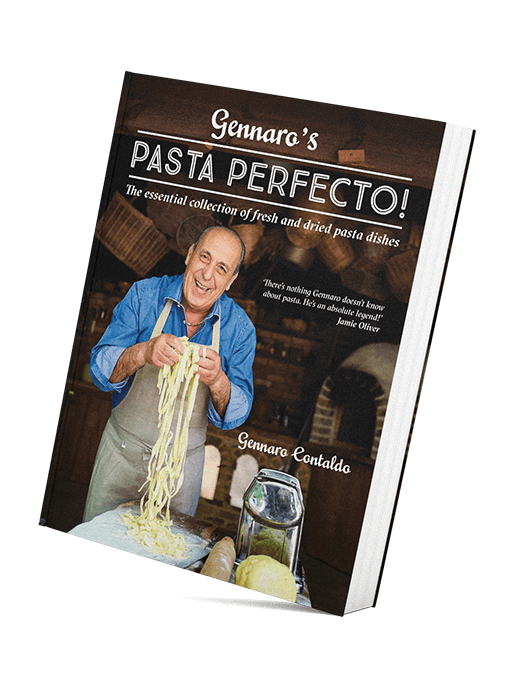Photo: Cirque Bijou – Nic Kane
Reading Thames Festival returns for the third year with a new programme set to change the town’s cultural scene. The world-class festival is made locally, celebrating the incredible creativity of Reading and driven by it.
The four-day festival, which runs from today (26th September) until Sunday 29th, will present music, film, theatre, dance, circus, spoken word, and offer a variety of food and drink.
Taking inspiration from the Thames’ grand heritage as a rich source of creativity, this year, the festival programme addresses themes of change and transformation, exploring how music, performance and the arts can bring people together in times of social unrest.
The festival will bring together more than 20 Reading and Berkshire artists and organisations, including a new co-commission partnership with Reading University. A brand-new festival strand – Art After Dark – will be introduced by performer Janine Harrington this year, due to transform Reading for one unforgettable night. The free one-night event will present art and performances in public spaces you may encounter every day as well as secret, off-the-beaten-track sites and venues.
Among the highlights this year are:
never closer to midnight
Reading on Thames Festival and University of Reading Co Commission
Thursday 26 September
Time: Various from 12pm – 5pm
Venue: White Knights Campus, Reading University, Shinfield Road, Whiteknights Road, Reading RG6 6UA
Free, un-ticketed
A meditative, rhythmic outdoor live art installation, exploring the sense of urgency in the face of climate change by artist Janine Harrington. never closer to midnight will also feature as part of Art After Dark. Harrington’s practice involves choreography, installation, writing and performance. She is interested in game structures, play, access, neurodiversity and the poetics of movement practices.
Art After Dark
Thursday 26 September
Time: 5pm – 10.30pm
Venue: Various venues Reading town centre
Free, un-ticketed
Art After Dark is a new contemporary arts strand that will transform Reading for one night. The free one-night event will present art and performances in public spaces and venues around the town centre. The event invites you to explore Reading’s identity, culture and architecture, offering arts organisations, independent artists and curators the opportunity to present works responding to Reading and the 2019 festival themes. The Art After Dark trail will bring Reading’s waterways, town centre, heritage quarter and University alive with artworks and pop-up performances in an array of locations. Art After Dark aims to be accessible for a broad audience, giving local people and visitors the chance to discover different places across the town and explore its hidden histories and architecture. The event aims to meet the ever-growing demand for night-time cultural events.
In A Wonderland They Lie – A Riverboat Salon
Friday 27 September
Time: 6.30pm
Venue: Thames River Cruise
Meet Point: Thames River Cruise boarding pier
Ticketed: £10 full price, £6 concessions
In A Wonderland They Lie is a floating literary and musical salon. A riverboat tour showcasing writers and musicians whose work is haunted by a certain spirit of place. Partnering with Thames Cruisers, this event will take place on board one of their beautiful boats, set to sail along the quiet middle reaches of the Thames allowing audiences to see Berkshire from the water. This intimate event is curated by the writer, broadcaster and film-maker Michael Smith.
Acid Brass Fairey Brass Band
Sunday 29 September
Time: 7.30pm – 9pm
Venue: Reading Concert Hall
Ticketed: £12 full price, £7 concessions
Acid Brass is the brainchild of the Turner Prize winning artist Jeremy Deller. It is the unlikely fusion of Acid House anthems with the sound of a traditional British Brass Band, the result of which has received much appreciation from varied audiences across Europe and beyond. Since its conception in 1998, Acid Brass has been performed in locations such as the Tate Modern (London), The Louvre (Paris), and at many large popular music festivals across Europe. The Fairey Band is one of the most successful contesting brass bands in the world. Founded in 1937 by a group of employees at the Fairey Aviation Works in Stockport, the band has won every elite band event on the contest calendar, including the National Championships of Great Britain on nine occasions and the British Open an incredible 16 times.
Cirque Bijou
Saturday 28 September
Time: 6.30pm – 9.30pm
Venue: Reading Abbey
Ticketed: £14 full price, £7 concessions
Following the sold out 2018 Reading on Thames finale event, Cirque Bijou return to perform against the beautiful and historic backdrop of Reading Abbey. They bring the party to Reading with an immersive evening of the most contemporary of circus. Combining traditional skills and daredevilry with modern technology, live music and sophisticated styling, with beautiful, graceful and inspiring performances supported by performances from the communities of Reading against this backdrop.








